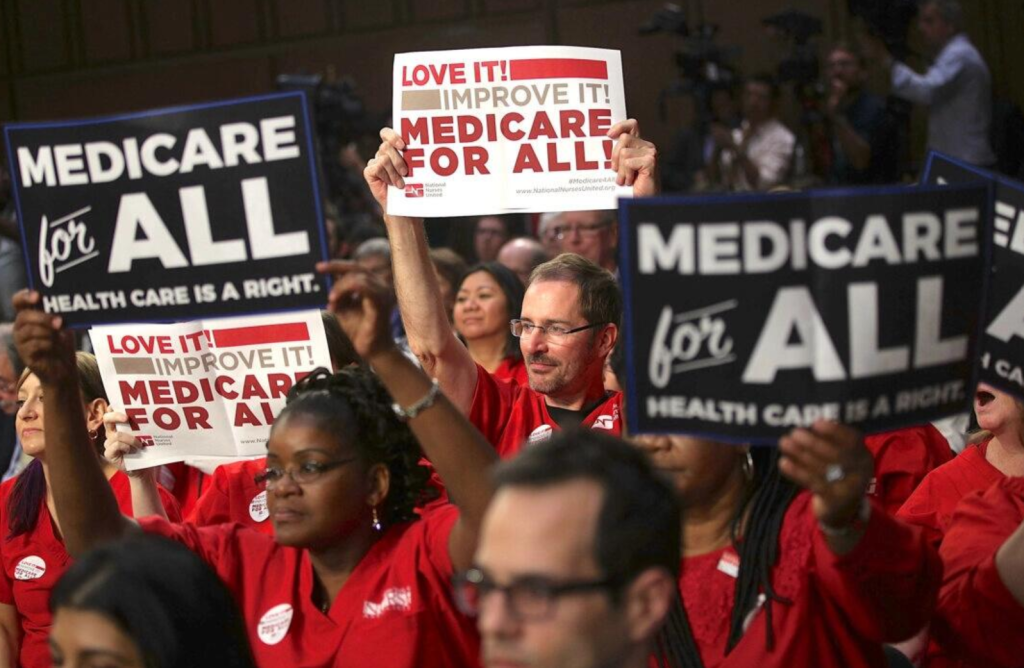The new report from the Economic Innovation Group (EIG) titled “The Great Transfer-mation” highlights a concerning trend in America: increasing dependency on government transfer payments as a primary source of income. Over the past 50 years, the portion of national income derived from these payments has surged from 8 percent to 18 percent. These transfer payments comprise various assistance programs such as Social Security, Medicare, Medicaid, food stamps, and veterans’ benefits, illustrating a significant shift from traditional income sources like wages and investments. EIG economist Benjamin Glasner emphasizes the urgency in addressing this reliance, noting it varies widely across different communities but is universally growing more prevalent.
The surge in transfer payments, rising from about $70 billion in 1970 to more than $6 trillion by 2020, is partly a reflection of demographic changes. The U.S. population is aging, with those 65 and older increasing from 13.1 percent in 2010 to 17.3 percent in 2022, a trend that creates higher demand for government support programs primarily designed for the elderly. In 2022, over half of government assistance was directed toward this age group, mainly through Medicare. By contrast, healthcare spending has ballooned from $74.1 billion in 1970 to a staggering $4.5 trillion in 2022, aggravating the financial burden on public finances due to rising medical costs and expanding eligibility for government programs.
These trends in transfer payments pose significant financial challenges for both state and federal budgets. Currently, total unfunded public pension liabilities in the U.S. reach $1.59 trillion, and the federal deficit stands at $1.8 trillion, with interest payments on government debt soaring from $31 billion in 1970 to over $1 trillion today. Critics have suggested that this growing reliance on government assistance undermines individual responsibility and autonomy. Steve Hanke, an economics professor at Johns Hopkins University, points out that the expansion of these programs has led to an increasingly politicized society where the government heavily influences personal and economic decisions.
Geographic disparities highlight the complexity of this reliance, as EIG’s mapping of transfer payment dependence reveals. In 1970, only about 1 percent of U.S. counties relied on transfer payments for over 25 percent of their income; by 2022, this figure exceeded 50 percent. Rural areas particularly experience high dependency rates due to outward migration as younger populations move to urban centers for better economic opportunities. This trend further exacerbates the challenges for elder populations left behind, resulting in an increased dependence on government income as fewer residents engage in wage-earning positions.
Economic implications also arise from this growing reliance on transfer payments as policymakers grapple with reconciling economic security for beneficiaries with the need for overall economic growth. Prominent economist Arthur Laffer argues that excessive redistribution through taxes can stymie economic development, potentially leading to reduced income levels. As the federal budget becomes increasingly strained by rising interest payments—projected to eclipse Social Security expenditures by 2051—governments find themselves in a precarious position, often lacking viable solutions to meet future obligations without compromising economic growth.
In response to the looming financial difficulties, Glasner suggests three potential paths forward. The first, cutting benefits, seems politically infeasible given bipartisan resistance. The second, increasing taxes, poses risks of stifling economic growth if pursued excessively. The most plausible solution appears to be fostering economic growth through targeted policies such as innovation investments, optimized immigration, and regulatory reforms that encourage workforce participation. Interestingly, a report from the Manhattan Institute suggests the U.S. welfare state may be more effective than comparable European systems by focusing on targeted assistance rather than blanket social safety nets, underscoring an inherent complexity in addressing the balance between dependency and prosperity in America’s evolving economic landscape.

